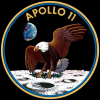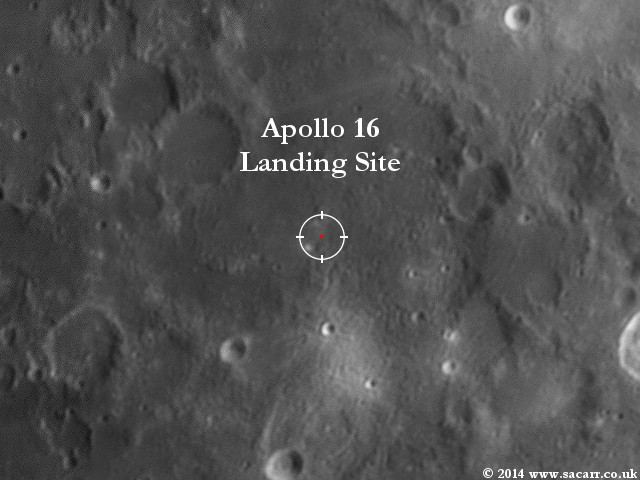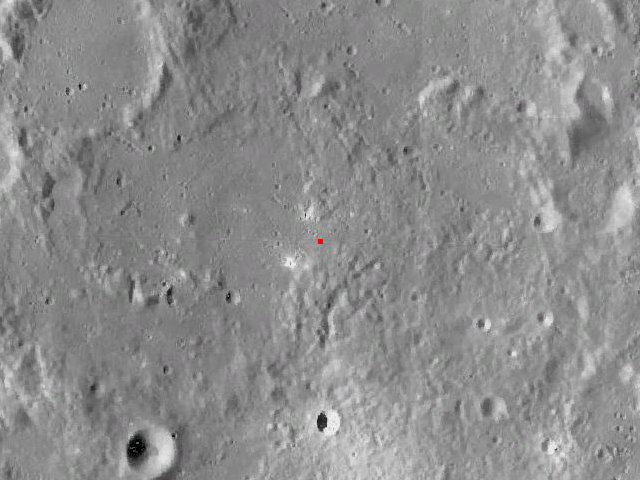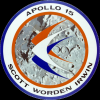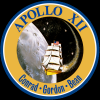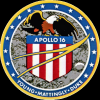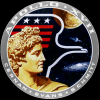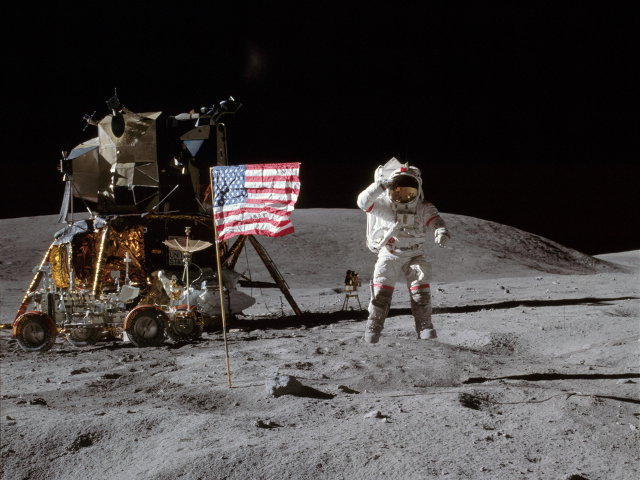| Apollo 16 was the tenth manned mission in the United States Apollo space program, the fifth and penultimate to land on the Moon and the first to land in the lunar highlands. The second of the so-called "J missions," it was crewed by Commander John Young, Lunar Module Pilot Charles Duke and Command Module Pilot Ken Mattingly.
Launched from the Kennedy Space Center in Florida at 12:54 PM EST on April 16, 1972, the mission lasted 11 days, 1 hour, and 51 minutes, and concluded at 2:45 PM EST on April
27.
John Young and Charles Duke spent 71 hours - just under three days - on the lunar surface, during which they conducted three extra-vehicular activities or moonwalks, totaling 20 hours and 14 minutes. The pair drove the Lunar Roving Vehicle, the second produced and used on the Moon, 26.7 kilometers (16.6 mi).
On the surface, Young and Duke collected 95.8 kilograms (211 lb) of lunar samples for return to Earth, while Command Module Pilot Ken Mattingly orbited in the Command/Service Module
above to perform observations. Mattingly spent 126 hours and 64 revolutions in lunar orbit.
After Young and Duke rejoined Mattingly in lunar orbit, the crew released a subsatellite from the Service Module. During the return trip to Earth, Mattingly performed a one-hour spacewalk to retrieve several film cassettes from the exterior of the Service
Module. |
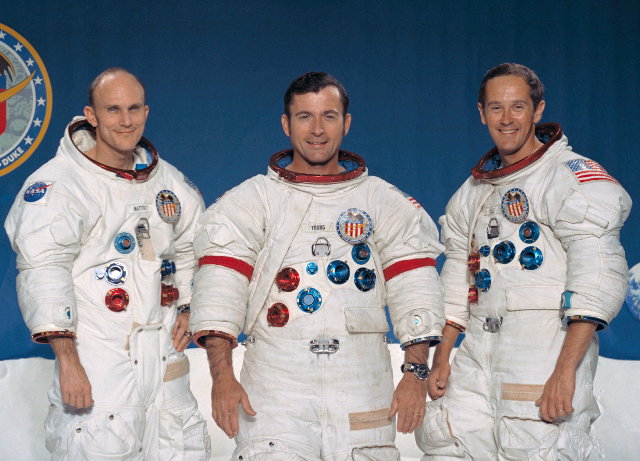
Thomas Mattingly,
John Young, Charles Duke
Picture credit
NASA |

